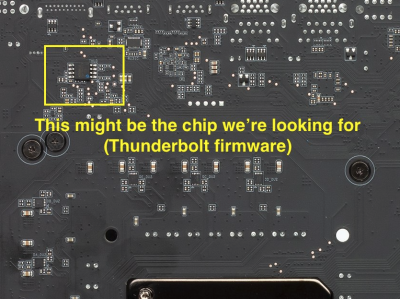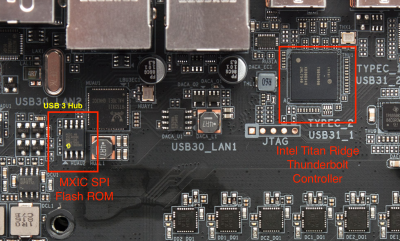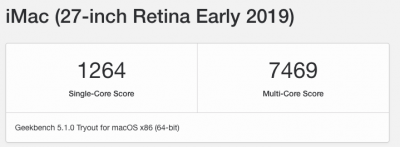Spoiler: Tips for Installing Windows 10 Microsoft releases
Feature Updates to Windows on a periodic basis. These are different from security and bug fix releases, and contain new and updated functionality. Unfortunately, Windows will interfere with the EFI partition of other drives in the system, and may prevent Clover from starting.
It’s been suggested by some users that
Windows should be installed in the M2M slot (closest to CPU) so that it updates/modifies its own EFI partition. Just as Linux enumerates all disks as /dev/sda, /dev/sdb, /dev/sdc, etc. based on an internal hardware order, Windows does a similar thing. It enumerates disks as disk1, disk2, disk3, etc. and will update/modify the EFI partition on the first disk that contains an EFI partition. M2M is disk1. M2P is disk2, and the SATA ports take it from there. Therefore, moving the Windows NVMe SSD to the M2M slot will attach it to
disk1 and Windows should no longer interfere with any other EFI partitions on other disks.
Note that I have not tested this myself. Update 17 May 2019: This has been confirmed to work. More details
located here.
When actually installing Windows, all other NVMe and SATA drives should be physically removed from the system. Failure to do so may result in a number of installation errors. In BIOS, it may be wise to change
Windows 8/10 Features to
Windows 8/10 or
Windows 8/10 WHQL. After installation is completed, this should be changed back to
Other OS.
If you wish to use WiFi and Bluetooth with Windows, please follow this Mini-Guide:
https://www.tonymacx86.com/threads/...olt-3-i7-9700k-amd-rx-580.267551/post-1970358



